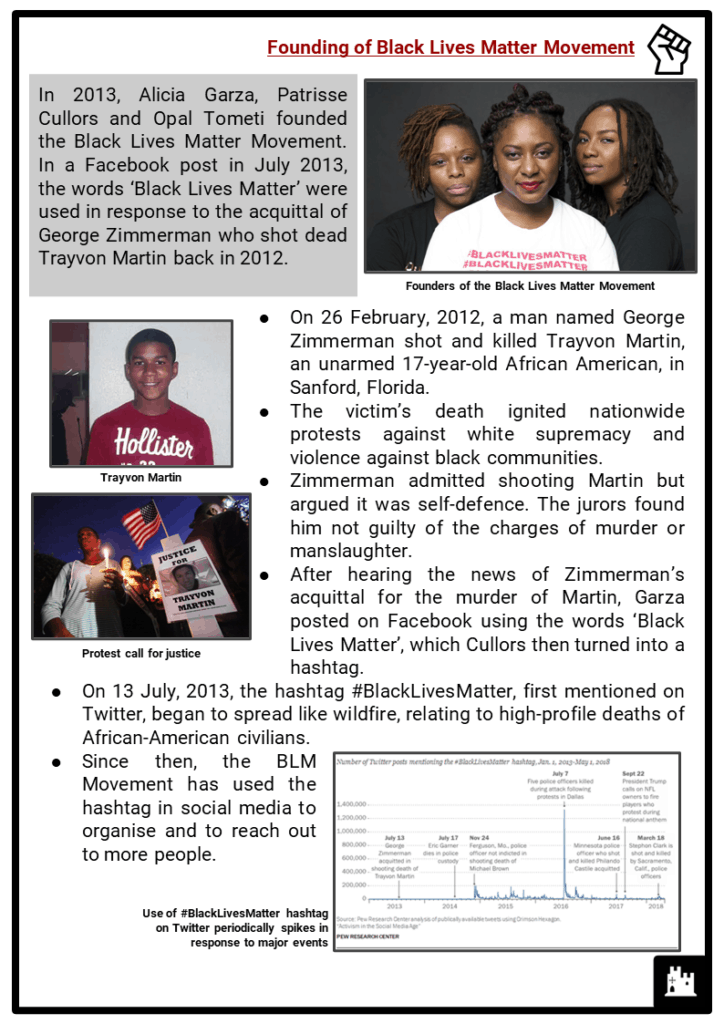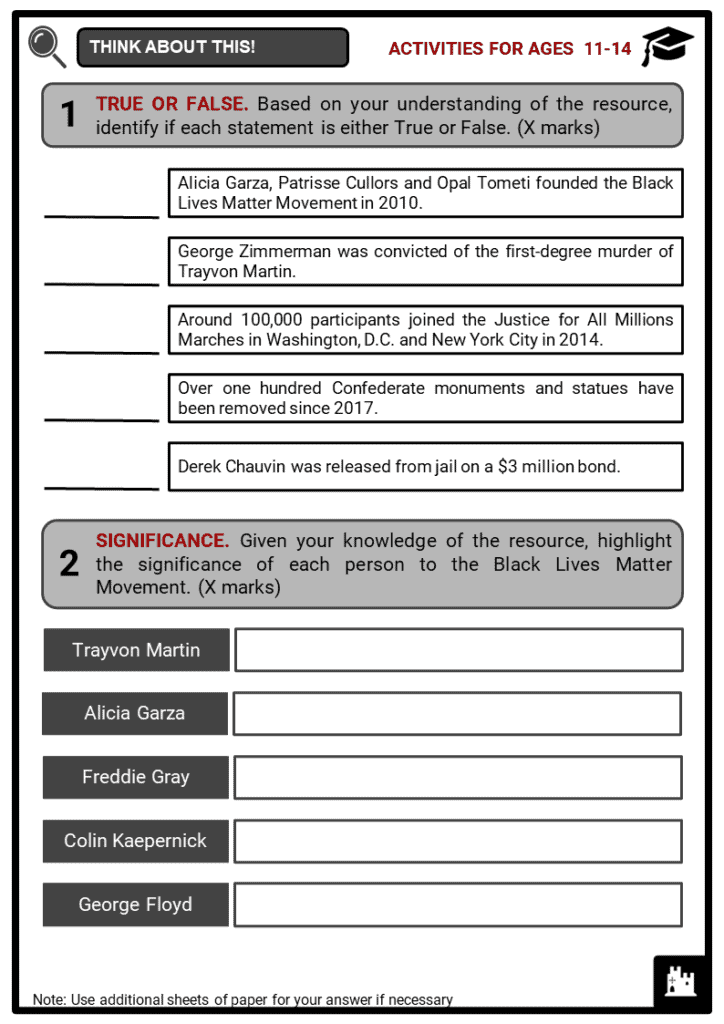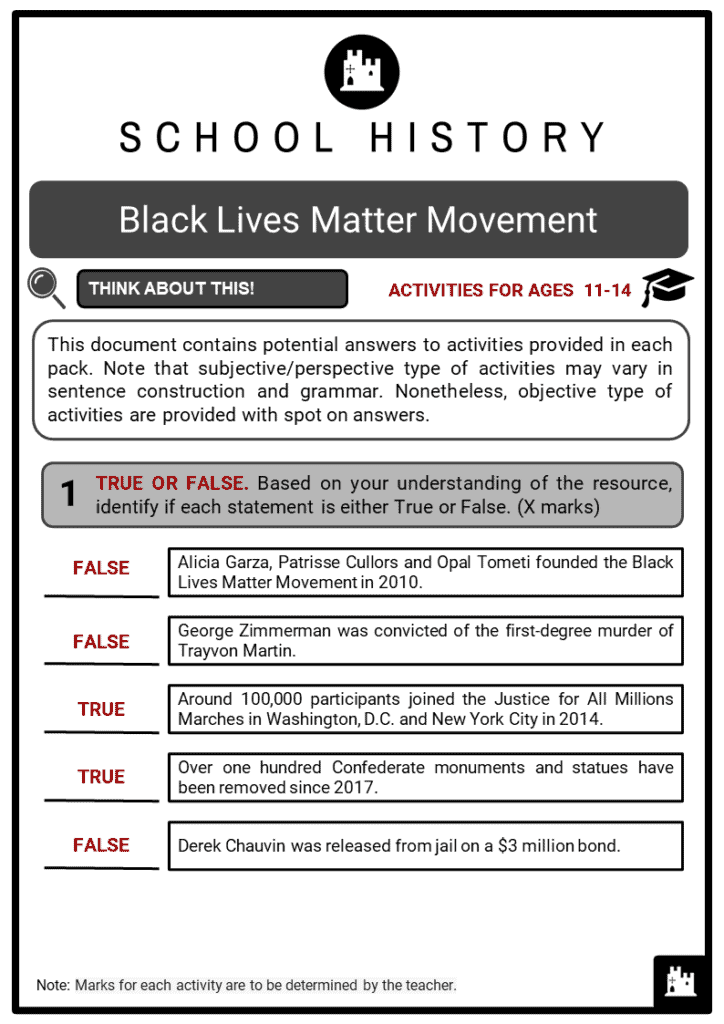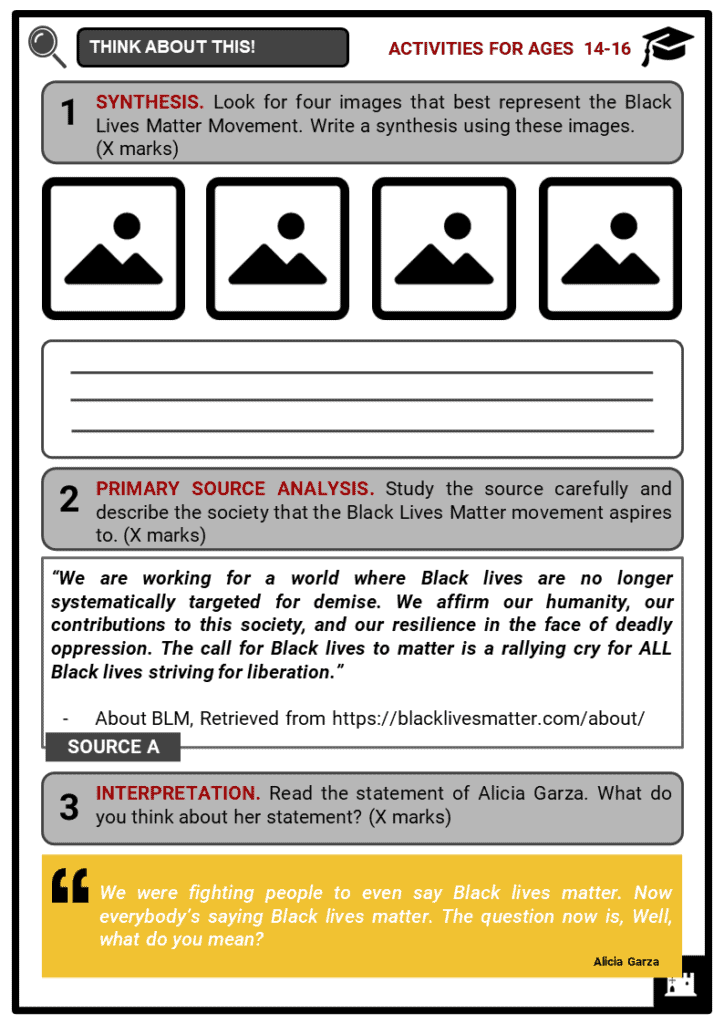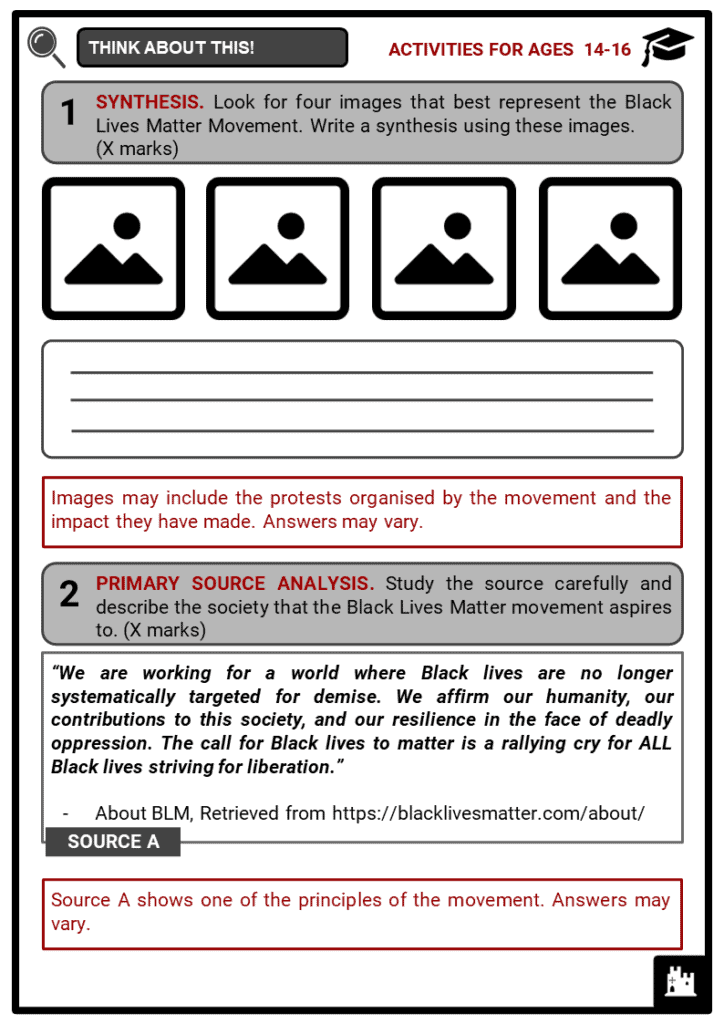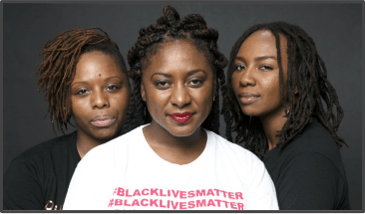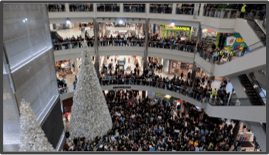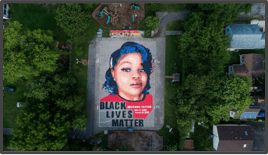Download Black Lives Matter Movement Worksheets
Do you want to save dozens of hours in time? Get your evenings and weekends back? Be able to teach Black Lives Matter Movement to your students?
Our worksheet bundle includes a fact file and printable worksheets and student activities. Perfect for both the classroom and homeschooling!
Table of Contents
Add a header to begin generating the table of contents
Summary
- Founding of Black Lives Matter
- Timeline of BLM Protests and Activities
- Global network and worldwide call for racial justice
- Reactions to and impact of the movement
Key Facts And Information
Let’s know more about Black Lives Matter Movement!
- The Black Lives Matter Movement started as a hashtag in social media and developed to become a global network of advocates and protesters against racial discrimination.
- Since 2013, the movement has been actively engaging in protests whenever a black person faced discrimination or was killed as a result of an altercation with the police, and has been promoting advocacies in support of black communities.
- It has brought about significant changes as it continues to fight for freedom and to call for reforms to finally end acts of violence and systemic racism.
Founding of Black Lives Matter Movement
- In 2013, Alicia Garza, Patrisse Cullors and Opal Tometi founded the Black Lives Matter Movement. In a Facebook post in July 2013, the words ‘Black Lives Matter’ were used in response to the acquittal of George Zimmerman who shot dead Trayvon Martin back in 2012.
- On 26 February, 2012, a man named George Zimmerman shot and killed Trayvon Martin, an unarmed 17-year-old African American, in Sanford, Florida.
- The victim’s death ignited nationwide protests against white supremacy and violence against black communities.
- Zimmerman admitted shooting Martin but argued it was self-defence. The jurors found him not guilty of the charges of murder or manslaughter.
- After hearing the news of Zimmerman’s acquittal for the murder of Martin, Garza posted on Facebook using the words ‘Black Lives Matter’, which Cullors then turned into a hashtag.
- On 13 July, 2013, the hashtag #BlackLivesMatter, first mentioned on Twitter, began to spread like wildfire, relating to high-profile deaths of African-American civilians.
- Since then, the BLM Movement has used the hashtag in social media to organise and to reach out to more people.
Timeline of BLM Protests and Activities
- The BLM Movement quickly gathered pace and responded with protests every time a black person was killed and experienced violence in police custody.
- 2013
- 13 July
- George Zimmerman is acquitted for the murder of Trayvor Martin. The hashtag #blacklivesmatter gains prominence.
- 20 July
- First massive protest occurs for Trayvon Martin, in which over 1,000 people stage a sit-in in Times Square.
- 2 November
- Renisha McBride is killed by a man Theodore Wafer in Dearborn Heights Michigan.
- 2014
- 17 July
- Eric Garner is pronounced dead after a police officer, Daniel Pantaleo, puts him in a chokehold. Two days later, 300 people march in Staten Island in protest. Garner’s death is ruled a homicide but on 3 December, a Staten Island grand jury does not indict Pantaleo. Protests follow.
- 9 August
- Michael Brown, an unarmed black teenager, is fatally shot by a white police officer Darren Wilson in Ferguson, Missouri. Protests follow which are controlled by the police and the National Guard.
- Marches are organised with people using the banner “Ferguson October” and continue when a grand jury elects not to indict Wilson.
- 22 November
- A twelve-year-old Tamir Rice is shot and killed by a police officer when caught playing with a fake gun at a playground in Cleveland, Ohio. Protests follow.
- 8 December
- ‘I can’t breathe’ t-shirts are worn by celebrities and professional athletes including LeBron James, Kobe Bryant and Jay-Z to commemorate Garner’s last words. The slogan is used across the US to protest against police brutality towards people of colour.
- 13 December
- Around 100,000 participants join the Justice for All Millions Marches in Washington, D.C. and New York City, in protest of police brutality against people of colour.
- 20 December
- A Black Lives Matters protest is organised at the Mall of America in Minnesota where twenty-five people are arrested by the end of the demonstration.
- Throughout the rally, protesters chant “While you are on your shopping spree, black people cannot breathe”, and “Hands up, don’t shoot”, referencing police killings in New York and Ferguson.
- 2015
- The #SayHerName social movement is introduced by the African American Policy Forum in response to the police killings and deaths in police custody of Rekia Boyd, Sandra Bland and other black women.
- 15 June
- Nine black churchgoers are murdered at gunpoint by white supremacist Dylann Roof in Charleston, South Carolina. Protests in Charleston follow and the Confederate flag is taken down from the South Carolina Statehouse on 20 June.
- 9 August
- BLM announces that it has not endorsed a presidential candidate yet but stresses that it is to hold all candidates responsible for addressing the needs of black people. Protests are organised in order to call attention to their cause.
- 19 August
- A young man Freddie Gray dies from injuries to his spinal cord while in police custody in Baltimore, Maryland after being arrested. Charges are initially brought against six Baltimore police officers after Gray's death was ruled a homicide but no officers are convicted.
- 2016
- 5 July
- Thirty-seven-year-old Alton Sterling dies after being shot while two police officers in Baton Rouge held him on the ground. Protests follow after footage of the incident is exposed.
- 6 July
- Thirty-two-year-old Philando Castile is shot and killed by a police officer in a suburb of Saint Paul, Minnesota while Castile’s girlfriend Diamond Reynolds and her four-year-old daughter were in the car.
- Reynolds filmed the incident and shares the footage on Facebook, showing the officer shooting Castile whilst reaching to get his wallet. Protests erupt in cities such as Minneapolis/St. Paul, New York, Dallas, Seattle, Chicago and Baton Rouges.
- 9 August
- Prominence of police brutality against the African Americans in Baltimore is revealed in an investigation released by the U.S. Justice Department. The investigation was launched following Gray’s death in 2015.
- 13 August
- A twenty-three-year-old armed man, Sylville Smith, is shot and killed in Milwaukee, Wisconsin. Protests which were initially peaceful break out into violence. A state of emergency is declared in response to the outbreak of violence.
- 2017
- 12 May
- Protests ensue when the police officer Joshua Lippert is not prosecuted for his shooting of Jocques Clemmons in Nashville, Tennessee on 10 February 2017.
- August
- Confederate statues and monuments in public spaces become the focus of protests after the events in Charlottesville, Virginia, where white nationalists, neo-Nazis and other racist groups march and chant racist and neo-Nazi slogans.
- Whilst activists call for the removal of the monuments, the racist groups participate in a Unite the Right protest against the city’s decision to remove a statue of Robert E. Lee, a Confederate general who led the South in the U.S. Civil War. Over one hundred Confederate monuments and statues have been removed since 2017 due to public pressure from racial justice advocates.
- September
- S. President Donald Trump calls for the NFL to fire players who take a knee to protest against racism and police violence. ‘Taking a knee’ protests began in 2016 when San Francisco 49ers quarterback Colin Kaepernick began kneeling during the national anthem before NFL games as a form of protest against police brutality and systemic racism within the United States.
- Many professional and amateur athletes around the country join Kaepernick in ‘taking a knee’ to protest against racism and police violence over the next two years. This form of protest against police violence and systemic racism continues today.
- October
- Protests erupt throughout Chicago when a dash-cam footage of a 2014 incident reveals that the police officer Jason Van Dyke fired 16 shots at seventeen-year-old Laquan McDonald, who clearly did not pose a threat. A U.S. Department of Justice report detailing that Chicago police department fosters a culture of “excessive violence” especially against minority suspects also became a target of protests and criticisms.
- 2018
- There are protests in Los Angeles after two black people are killed by the police: Grechario Mack, a thirty-year-old father of two, was shot as he was holding a kitchen knife and having a mental health crisis whilst in the middle of the mall, and Kenneth Ross Jr, another black resident who struggled with mental illness and was reportedly fleeing when shot.
- 2019
- February
- When the rapper 21 Savage is arrested and detained by the US's immigration agency, ICE, BLM arranges a group of 60 high-profile stars from the music and entertainment industry to advocate for his release.
- May
- A protest takes place when a teenager Isaiah Lewis is shot in Oklahoma.
- 2020
- Protestors denounce the recent killings of Breonna Taylor and Ahmaud Arbery.
-
- 25 May
- George Floyd is killed when a Minneapolis police officer Derek Chauvin kneels on his neck for eight minutes. Floyd was unarmed, not resisting arrest, and repeatedly said “I can’t breathe” during the incident, according to witnesses. Protests are organised throughout the country against Floyd’s death and police violence. Chauvin is released from jail on a $1 million (£774,000) bond on 7 October whilst awaiting trial with three other officers involved.
- May - June
- President Trump calls for the police and the National Guard to use aggressive force to suppress the protests and looting.
- Since the death of Floyd, about 450 major protests have been held in towns and cities across the United States and three continents.
Global network and worldwide call for racial justice
- Since the movement was founded in 2013, it has expanded and is now a global network with the involvement of the UK and Canada.
- Mission of the movement
- Mission of the movement
- Eradicate white supremacy
- Build local power to intervene in violence inflicted on black communities by the state and vigilantes
- The Black Lives Matter movement has expanded to other parts of the world since 2015.
- The Canadian chapter of the BLM movement is addressing racial injustice experienced by the indigenous population.
- In Denmark, the death of Floyd gathered about 15,000 protesters in Copenhagen.
- In response to Floyd’s death, protests were held in a number of cities in New Zealand.
- In support of BLM in the USA, the UK chapter held similar protests in several places, including outside the US Embassy.
- In Australia, the BLM movement organised protests against police officers’ maltreatment towards Aboriginal Australians.
Reactions to and impact of the movement
- As the movement gained prominence and protests became bigger and more frequent, reactions were varied but the majority of Americans, across all racial and ethnic groups, have expressed support for the movement.
- The Pew Research Center 2020 poll found that 60% of white, 77% of Hispanic, 75% of Asian, and 86% of African Americans either "strongly support" or "somewhat support" the BLM movement.
- The phrase ‘All Lives Matter’ was used as a response to the movement, criticising the movement’s exclusivity. Additionally, a countermovement was established in the United States – ‘Blue Lives Matter’ – which advocates that those who are prosecuted and convicted of killing law enforcement officers should be sentenced under hate crime statutes.
Impact of the Movement
- On 5 June 2020, Mayor Muriel Bowser of Washington, D.C. announced that a street near the White House would be renamed to Black Lives Matter Plaza.
- Minneapolis lawmakers vowed to disband the city's police department.
- Chokeholds were banned and police reforms were reviewed in Washington, DC, and in states including California, Nevada and Texas.
- Mayor Bill de Blasio of New York City vowed to move funding from the city's police department toward youth and social services.
- A new database has been set up to collect video footage that documents police violence at the demonstrations across the country.
- Breonna’s Law was passed in Louisville, Kentucky banning no-knock warrants.
- Several Confederate and slavery-linked statues around the world were removed.
- Companies take a stance and show their solidarity with the BLM movement.
- Juneteenth, a holiday celebrating the emancipation of those who had been enslaved in the United States, was finally recognised.
- A Miami street would be named after Trayvon Martin.
- The widespread protests against racial injustice across the globe have helped bring about reforms that the Black Lives Matter movement continues to fight for.
Image sources:


